Charles Manson and the CIA?
A New Documentary adds New Spin to an Old Crime
When it comes to Charles Manson, his Family, Helter Skelter, and everything else encompassing the Tate/LaBianca murders, there are two kinds of people. There are those who know about the Manson murders because the story has become women into American culture and it’s kind of impossible not to be exposed to it at some point, and then there are weirdos like me who have consumed at least a dozen documentaries and books and know more than is healthy on the subject. I wish I weren’t in that latter group, but I am.
To set the timeline, I was born in 1973. The Tate/LaBianca murders happened four years before I was born in the summer of ‘69, and Manson’s trial took place the following year in 1970. The lead prosecutor, Vincent Bugliosi, released his book Helter Skelter in 1974, which was turned into a television movie in 1976. Bugliosi’s book is the top selling true crime book of all time. The made-for-TV version aired it had a 57% audience share. Literally more than half of all televisions that were turned on at the time were tuned in to Helter Skelter.
The Manson Family murders affected the lives of every member Gen X. In the late 60s there was the hippy movement — peace and love, man! And then, right at the end of the decade, we got the Tate/LaBianca murders. It was more than just a crime; it marks a transition in time. It’s similar to the build up we had at the turn of the century — one day we were all partying like it was 1999, and then we had 9/11. Those are two different eras, marked by a single, tragic event. There’s a line in the sand where on one side people were going to raves and on the other, people started taking their shoes off at airports. The Manson murders were very similar. Overnight, we were from true hope to true crime.
The reason I’ve got Manson on my mind this morning is because last night I watched CHAOS: Charles Manson, the CIA, and the Secret History of the Sixties on Netflix. The documentary, which is based on a 2019 book with the same name, suggests that there may have been some sort of connection between Manson and the CIA’s MKUltra program, a secret project that existed in the 1950s and 1960s and involved giving unknowing participants LSD and other drugs in an attempting to plant false memories, extract confessions during interrogations, and all sorts of stuff. The best the documentary can come up with is that a doctor who was associated with MKUltra worked in the same clinic where members of the Manson family went to get treatment for the sexually transmitted diseases they were constantly swapping. Even the book’s author sounds unconvinced regarding his own theory; when asked if he’s suggesting there was a connection between Charles Manson and this doctor, he replies, “I’m saying there could have been a connection.” Which is like saying the moon landing could have been faked. The next step is to provide evidence, and that’s where CHAOS falls flat.
CHAOS is not the first Manson-related documentary to spin a narrative for the sake of ratings. In fact, the very first one to do that was, well, the very first one. In Helter Skelter, author and prosecutor Bugliosi suggested that the Manson family thought the Beatles were talking to them through their music (specifically the White album, which contains the song “Helter Skelter”) and that their master plan was to kickstart a race war, wait it out in the desert, and then return to civilization and take over. Bugliosi contends that the murders were Manson’s way of jump-starting this race war. You know your theory is “out there” when Charles Manson thinks it is crazy. But, when your narrative is presented in the best selling true crime book and one of the most seen made-for-tv movies of all time, it becomes the one most people know.
The real narrative, which people have written entire books about, can be loosely summed up in a couple of sentences. After a result of a drug deal gone bad, one of Manson’s followers (Bobby Beausolenil) murdered a drug dealer named Gary Hinman. To throw police off the trail, Beausoleil and his conspirators left a bloody paw print (the sign of the Black Panthers) and wrote “political piggy” on the wall using Hinman’s blood. Beausoleil fled the scene in Hinman’s car (which was reported as stolen) and was later pulled off while napping in the car with the murder weapon inside. So, not a genius. Beausoleil went to jail and in an attempt to convince the police they had the wrong guy, members of the Manson family committed two of the most vile murders, also writing variations of the word “pig” and “piggies” along with other phrases in an attempt to (a) link the crimes to Hinman’s murder, and (b) implicate Black Panthers.
I’ve left out a million details, but most everything else is superfluous. It’s tough to come up with a single narrative when the murderers themselves can’t even agree on what happened. As for the Hinman murder, Beausoleil says it was because of drugs, Manson says it was because he was trying to keep the biker gang who bought the band drugs from returning to the ranch they were living at, and Susan Atkins (who was also there) thought they killed Hinman just to take his money, property, and drugs. Adding to the confusion is the fact that these people’s stories change from interview to interview. In some intervies, Beausoleil says he cut Hinman’s face with a knife and in others he says Manson did it with a sword. Sometimes Beausoleil says he tried to sew up Hinman’s wound using dental floss while in other interviews, it was Atkins.
Toward the end of the COVID pandemic — that window where people were just starting to travel but were still wearing masks everywhere — my family and I went on vacation and while in New Orleans we stopped at the Museum of Death. I swear, we’re not a bunch of death-obsessed weirdos. We were in the neighborhood, not everything had reopened yet, and so we went.
The museum consists of multiple collections. Up front there’s a lot of medical oddities like skulls and bones and stuff. In the rear of the museum, past the autopsy table and Jack Kevorkian’s original death machine, is a movie theater that shows some Faces of Death knock-off film looped. In between those bookends is a large collection of what is being called “muderabilia.” There are paintings from John Wayne Gacy, postcards from serial killers on death row, and and little section dedicated to Charles Manson.
Manson was a bit like a real-life boogeyman when I was a kid. He and his followers weren’t like imaginary monsters that hid under our beds or in our closets, things we were afraid of that deep down we knew couldn’t exist. No, members of the Manson family barged into the homes of strangers and murdered them with a brutality and callousness that has people still making documentaries about them — and me writing about it — more than half a century later.
It was interesting to see handwritten postcards mailed by Manson, and parts salvaged from dune buggies the family had abandoned in the desert. And toward the end, right around the time your mind has been distracted by bits and bobs collected over the years, are pictures from the murder scene. People — human beings — sprawled out on the floor, helpless. The pictures are uncensored and hard to look at. Any thoughts of dune buggies and Spahn Ranch and the Beatles and Helter Skelter and anything else immediately disappear. Your focus shifts, as it should, from the Manson family to their victims. It’s gruesome and upsetting.
Every few years another book or documentary focusing on Manson is released. They can’t tell the same stories over and over and so new twists are added. I keep consuming them even though there’s no new revelations at this point. CHAOS attempts to weave together a narrative that simply isn’t true and doesn’t exist and based on the fact that 90% of the documentary isn’t even about that, I think they know it, too. The Tate/LaBianca murders were sensational enough that they don’t need “dressing up” to be made more compelling — and, frankly, I don’t know if they continue to need to be brought back out at all.



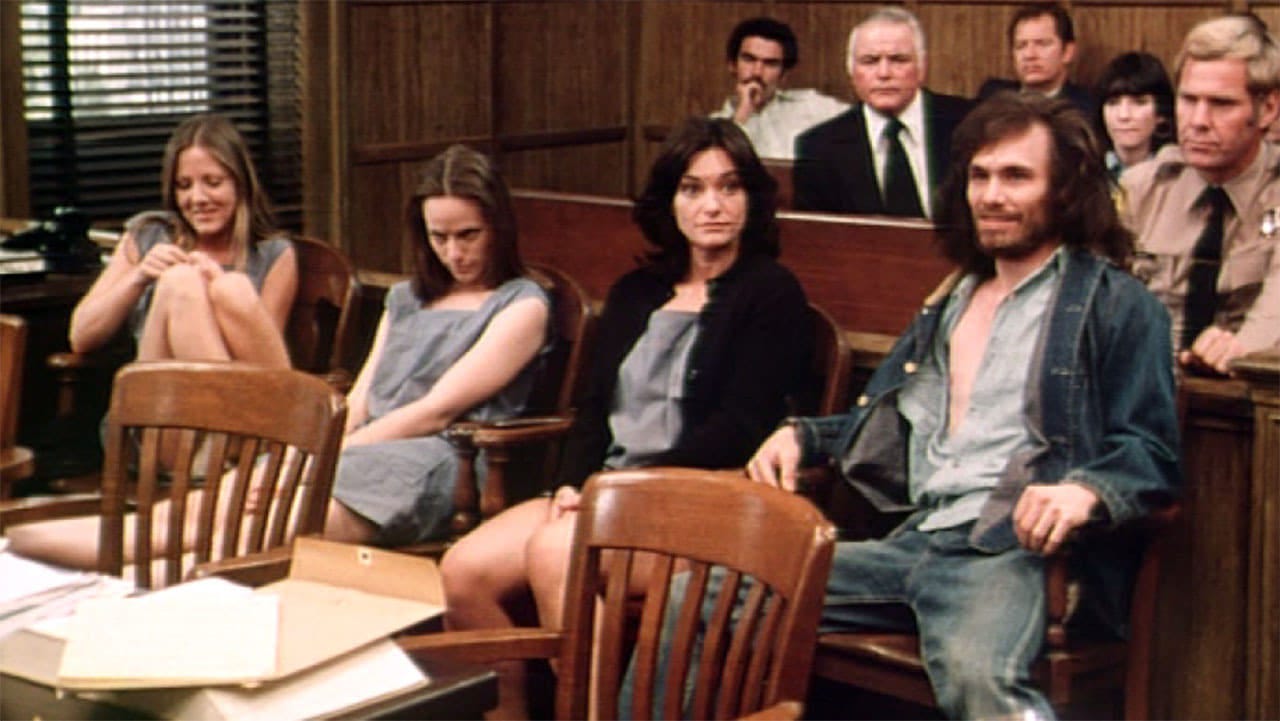
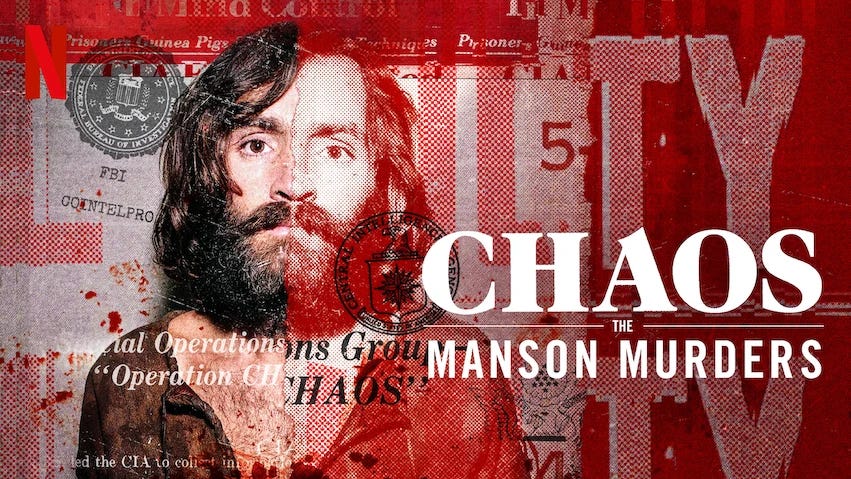
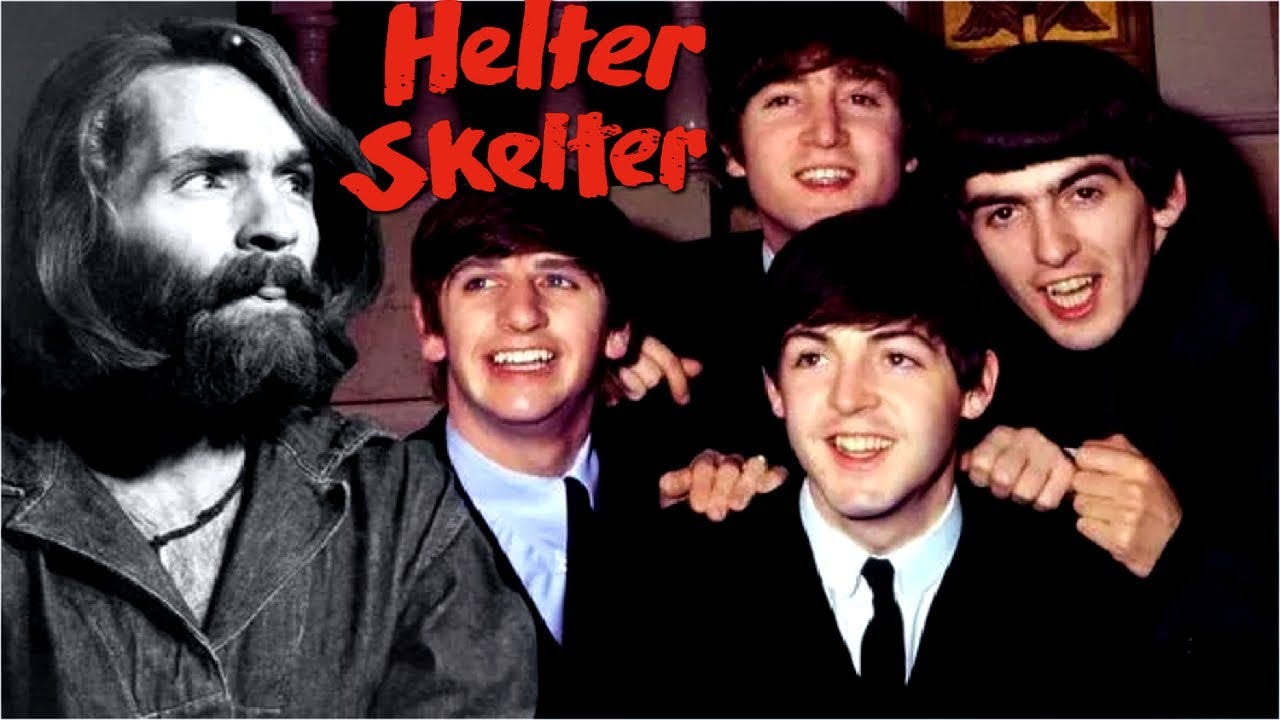
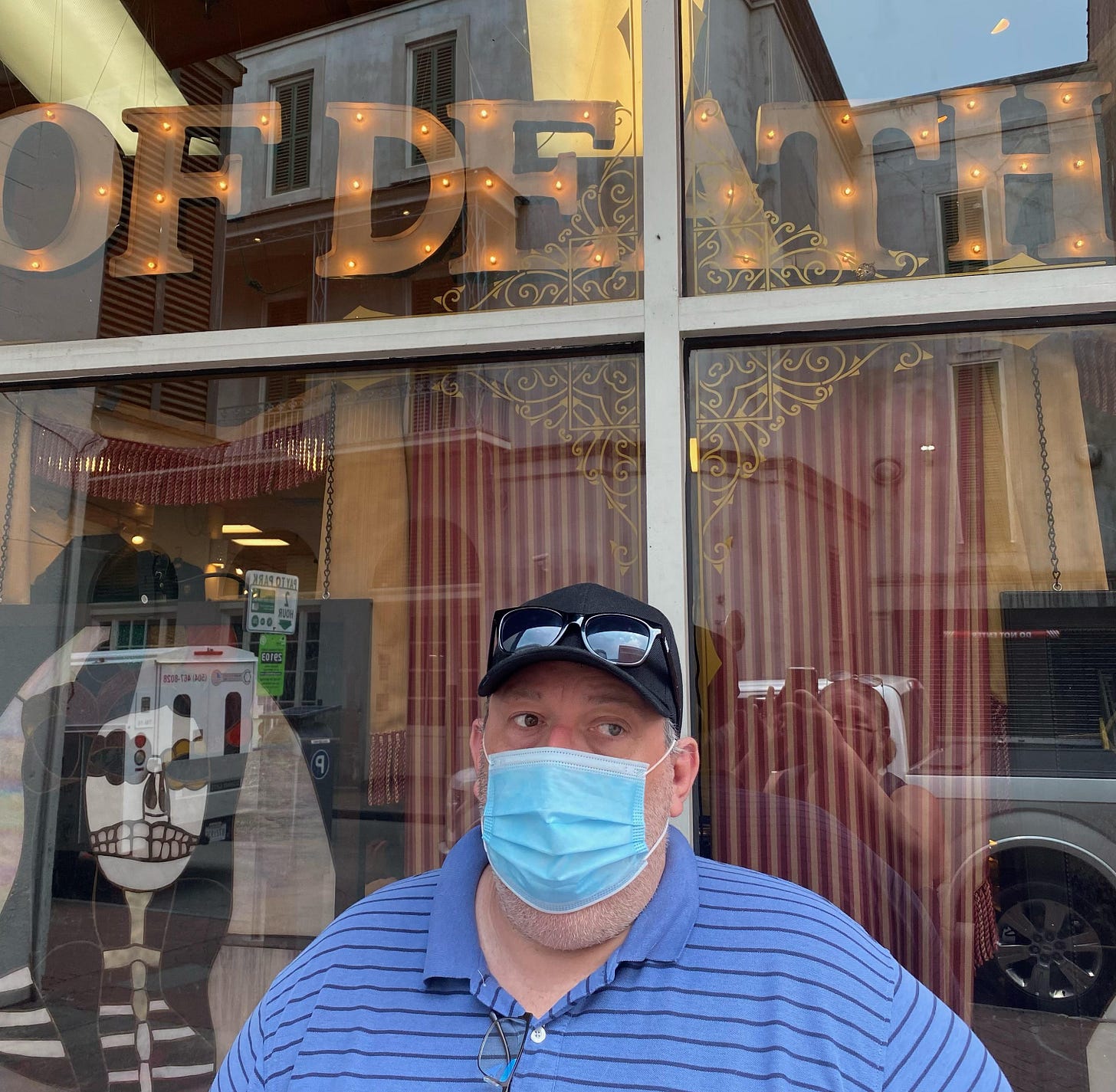
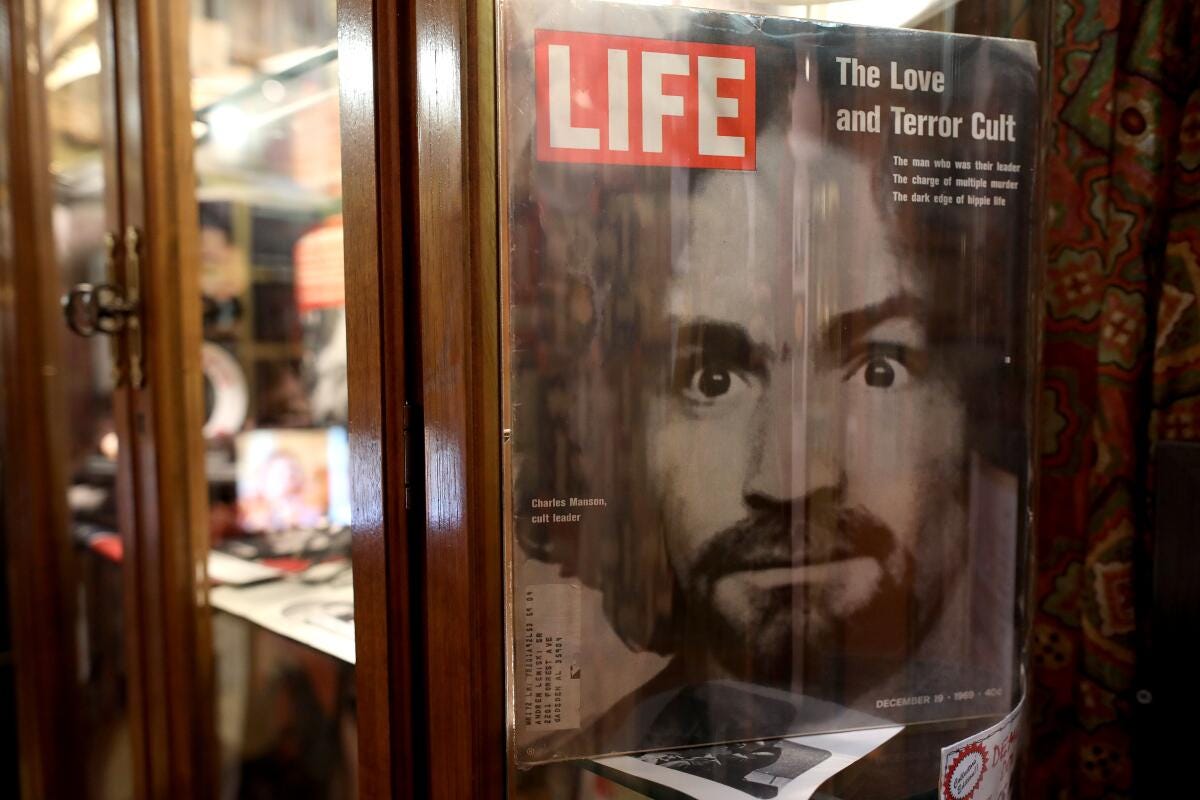
I read Helter Skelter decades ago, back when I was into reading about serial killers (the 90s were a weird time for me). Quite happy not to revisit it.